Optimal Timing for Cedar Arbor Installations
Cedar arbor installations are most effective when scheduled during specific periods that optimize wood durability and installation quality. The timing depends on climate conditions, wood treatment, and project scope.
Spring offers moderate temperatures and increased daylight, ideal for cedar arbor setup before peak outdoor activity seasons.
Summer installations require attention to heat and dryness, which can affect wood handling and curing times.
Fall provides cooler weather and less humidity, reducing the risk of wood warping and promoting longer-lasting installations.
Winter installation is feasible in milder climates but can be limited by freezing temperatures and snow, impacting workability.
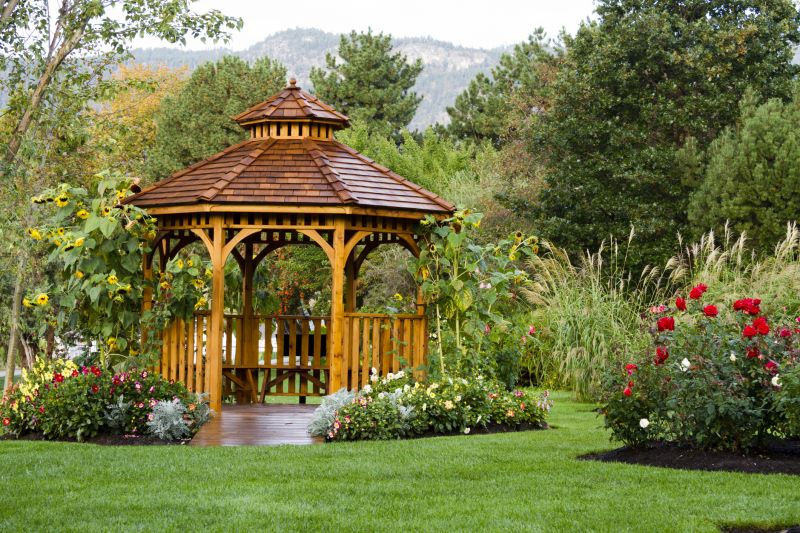
Spring is a popular season for cedar arbor projects due to favorable weather conditions.

Summer requires careful planning to avoid heat stress and ensure proper curing.
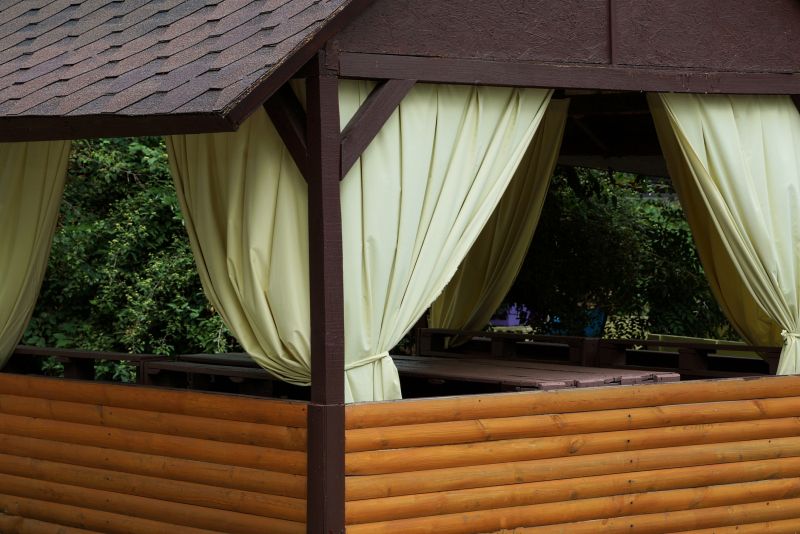
Fall's cooler temperatures support durable and long-lasting cedar structures.
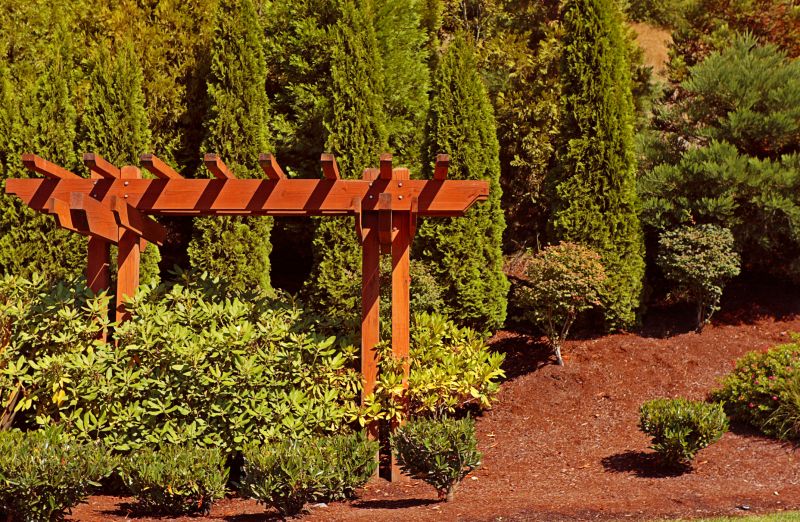
Ways to make Cedar Arbor Installations work in tight or awkward layouts.
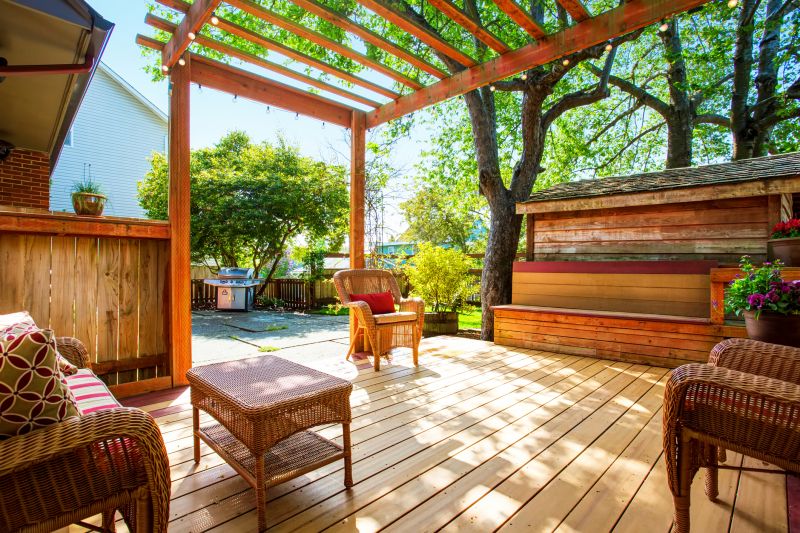
Popular materials for Cedar Arbor Installations and why they hold up over time.

Simple add-ons that improve Cedar Arbor Installations without blowing the budget.
Cedar arbors are valued for their natural resistance to decay and insects, making them a popular choice for outdoor structures. Proper timing of installation enhances longevity and appearance. Cedar wood contains natural oils that provide inherent durability, but installation conditions such as temperature and humidity can influence the wood's performance. Data indicates that installations completed during cooler, drier months tend to experience fewer issues related to warping or cracking. Additionally, scheduling during these optimal periods can reduce maintenance needs over time.

Spring installations benefit from moderate weather and quicker curing times.
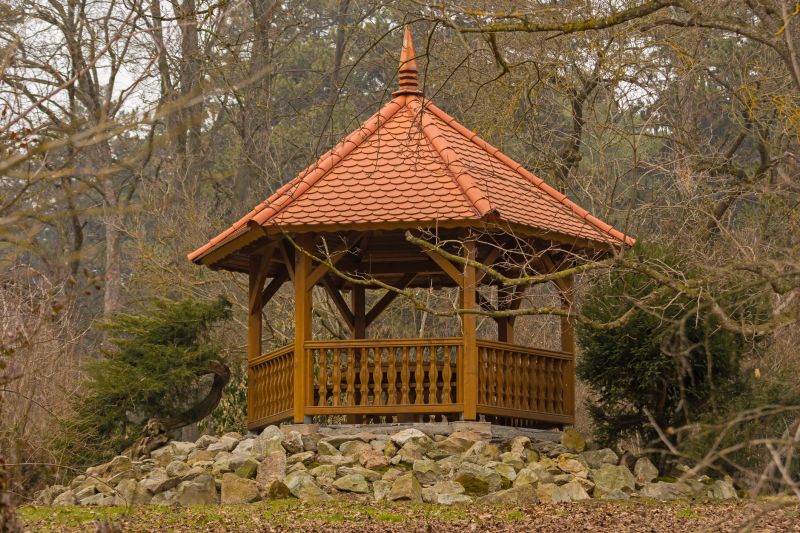
Summer work requires managing heat and moisture levels for quality results.
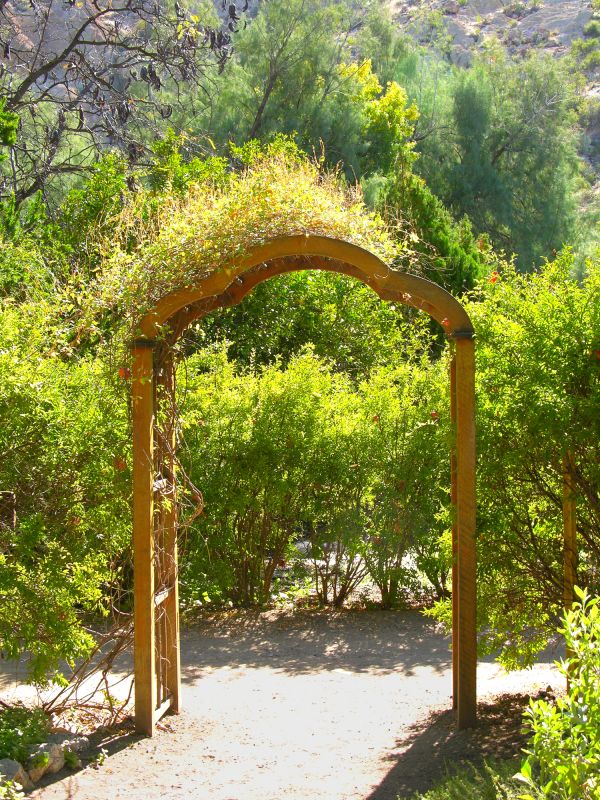
Fall provides ideal conditions for durable cedar arbor installations.
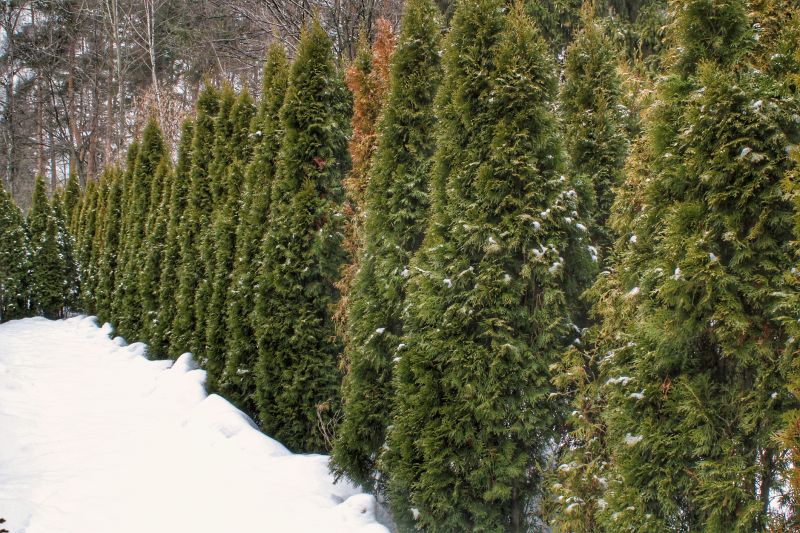
Winter setups are possible with mild climates and proper planning.
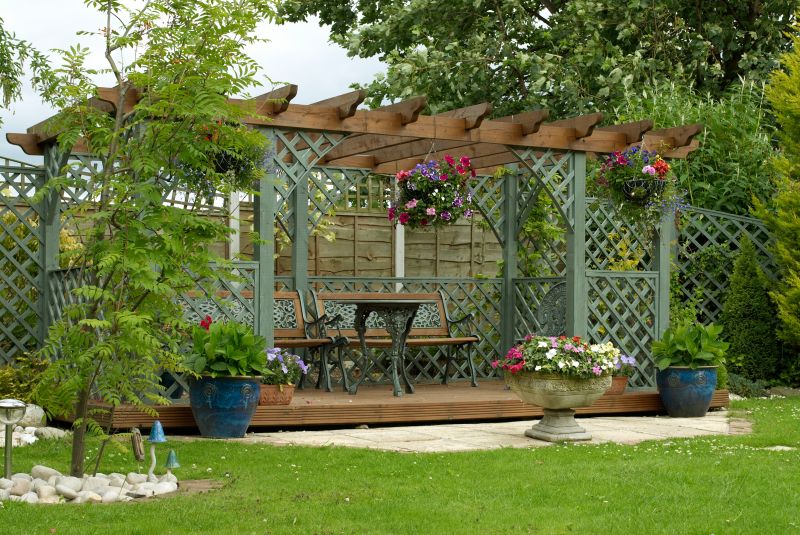
High-end options that actually feel worth it for Cedar Arbor Installations.

Finishes and colors that play nicely with Cedar Arbor Installations.
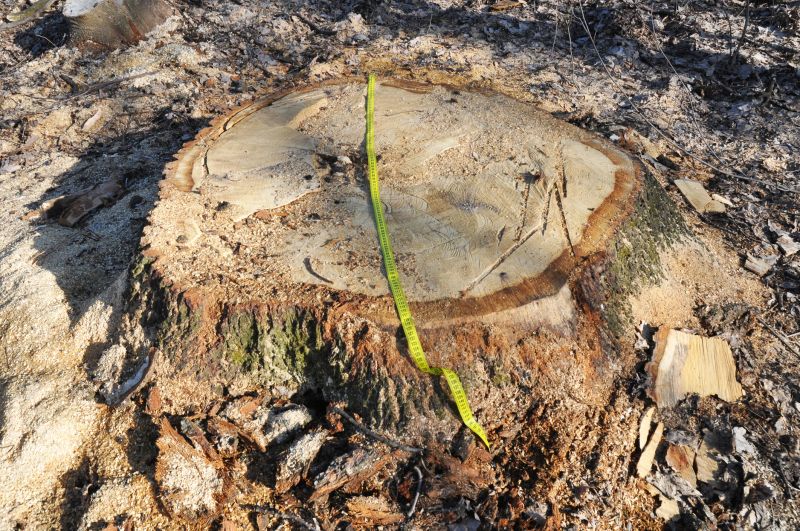
Little measurements that prevent headaches on Cedar Arbor Installations day.
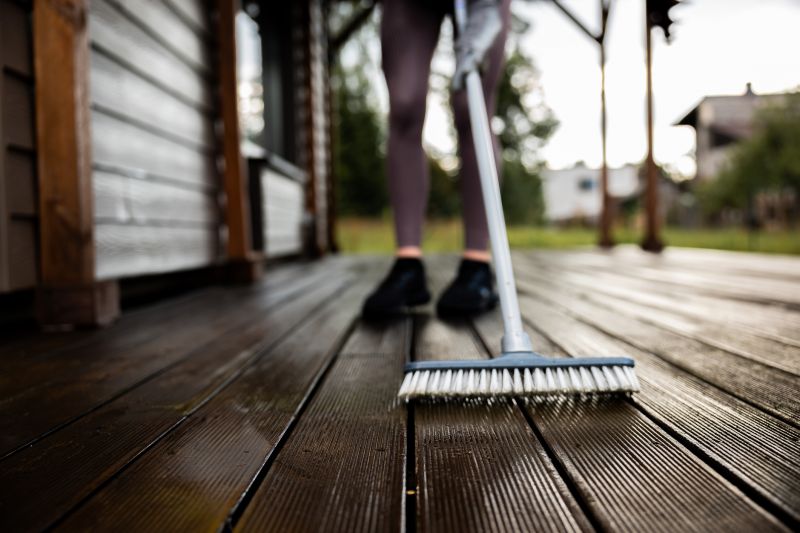
A 60-second routine that keeps Cedar Arbor Installations looking new.
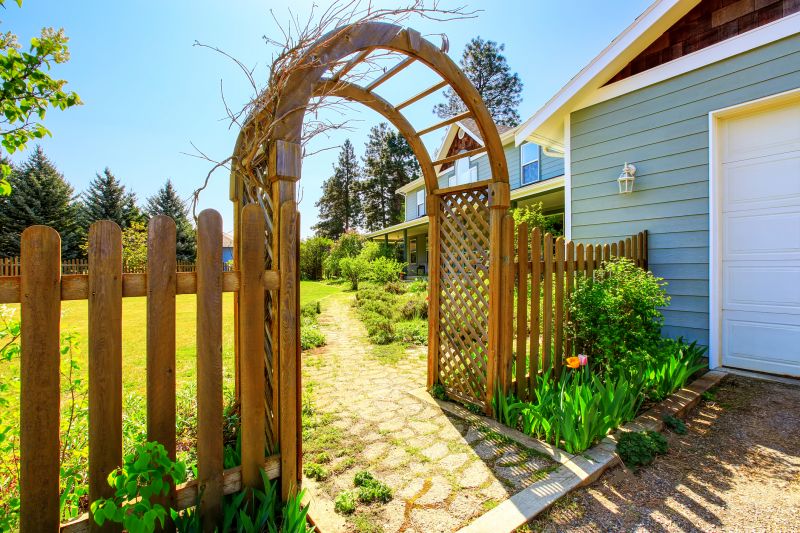
A frequent mistake in Cedar Arbor Installations and how to dodge it.
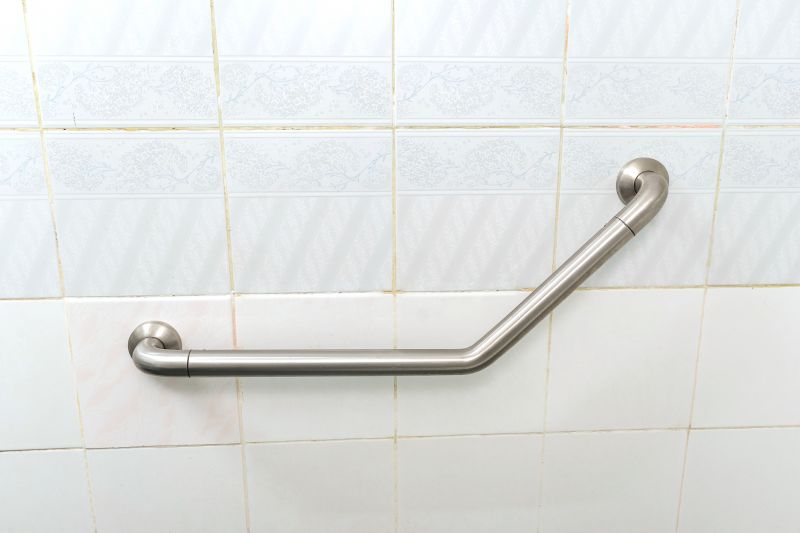
Small tweaks to make Cedar Arbor Installations safer and easier to use.
| Season | Optimal Conditions |
|---|---|
| Spring | Moderate temperatures, increased daylight, good for curing. |
| Summer | Warm weather, but requires managing heat and dryness. |
| Fall | Cooler temperatures, less humidity, ideal for longevity. |
| Winter | Limited to milder climates, avoid freezing conditions. |
Choosing the right time for cedar arbor installation can significantly impact its durability and appearance. Proper scheduling ensures that the natural properties of cedar are fully utilized, resulting in a structure that maintains its integrity over years. It is advisable to plan installations during periods with stable weather conditions to minimize delays and complications. Consulting with experienced installers can help determine the best timing based on local climate patterns.
Interested parties are encouraged to contact for more information or to schedule an installation. Filling out the contact form provides an opportunity to discuss project specifics and timing preferences to achieve optimal results.
